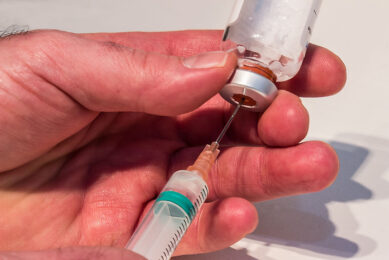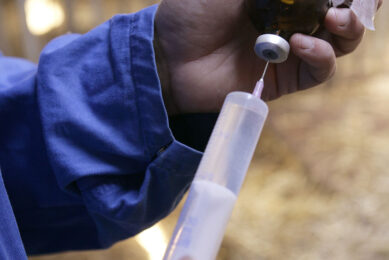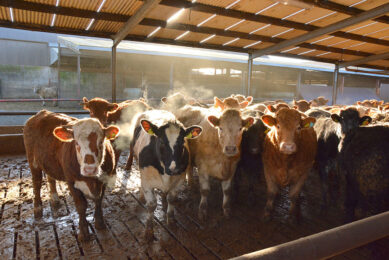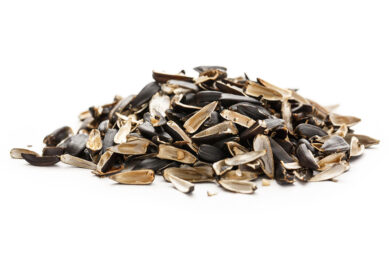Vitamin D: High levels in blood are crucial for optimal health
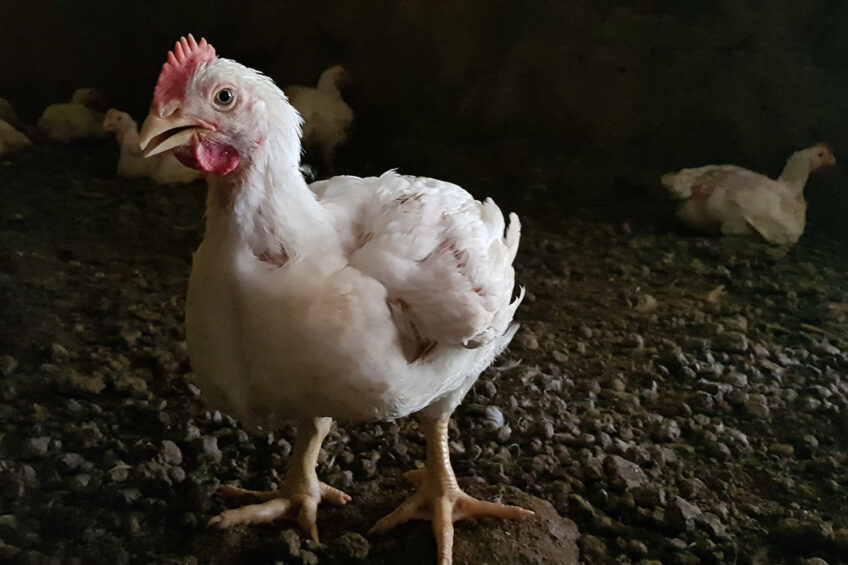
Vitamin D has many roles. It can help with the uptake of nutrients and has a role in the regulation of the immune response. Big question is how do you determine the optimal level of vitamin D required and what is the ideal way to do this?
With the outbreak of the Covid-19 pandemic, people concerned with their health started to investigate a huge number of precautionary immune enhancing remedies. One of the most popular being vitamin D nutrition. Particularly making sure that the blood levels of patients reach the optimal level that is required for them to fight the disease. There is a magnitude of research work on this topic and subsequently a magnitude of opinions as to the right blood levels required to reach an optimal immune status. In addition, the vehicle to reach these levels are also debated. Should it be using the endogenous vitamin D from the sun, good vitamin D nutrition, supplementation with vitamin D3 or supplementation of 25 Hydroxy vitamin D3?
How to measure vitamin D levels
In the animal nutrition industry, we see similar trends. However, with the high demands for this industry to be efficient, profitable and meet genetic standards, the requirement is to measure accurately the vitamin D status and relate the status to animal performance.
In animal production, it is essential to have metrics that allow us to evaluate production parameters and follow the progression of the results to achieve the maximum genetic potential, better zootechnical performance as well as to obtain a greater financial return. It is fundamental to precisely evaluate if an action, product, or technology generates the expected results and effectively supports the decision-making process; as Lord Kevin mentions, “what can´t be measured, can´t be improved”.
The role of vitamin D in the calcium and phosphorus metabolism, the physiological processes and the requirements for poultry are well documented. Additionally, its role in the regulation of the immune response muscle formation and meat yield are widely described in recent literature. This article will discuss, how are we determining the vitamin D levels? What really is the ideal way to do so?
What is the optimal level?
The optimal level of inclusion of vitamin D3 has been a subject of research for many decades. The first recommendations were based on studies conducted using purified or semi-purified diets under controlled experimental conditions. However, those recommendations have resulted lower than those required under commercial production conditions or under pathogen challenges that generally increase nutrient requirements.
Due to the genetic selection the modern broiler has a growth rate up to 400% more in comparison to birds of the 1950s and its feed efficiency has improved in about 2.55% per year. For these genetic advances to be fully expressed, an optimal nutrient supplementation is needed.
For these reasons, vitamin D3 recommendations available today show values up to 25 times greater than those published by the NRC in 1994 for broilers (200 UI/kg). At commercial level, the Vitamin D3 inclusion varies between 3,000 or 5,000 UI/kg of feed. Normally, poultry companies determine the level to be used based on those available recommendations, their own production conditions, expected performance, final product, and maximum ROI.

How vitamin works
Vitamin D₃ is a fat-soluble vitamin, that needs to go through an enzymatic digestive process (lipase) and micelles formation in the intestine to be absorbed by the enterocytes. When going through the liver, it is hydroxylated and a first metabolite is produced: 25-OH-D3, which is the most abundant form in the organism and the one that will be available to be metabolised and transformed mainly in the kidney in the active form of vitamin D.
Due to the advantages over dietary Vitamin D3, the 25-OH-D3 feed inclusion is a strategy currently used in animal nutrition. At the same level of inclusion, the absorption of 25-OH-D3 is higher (74,9%) than vitamin D3 (66,5%), which is probably related to the greater polarity of 25-OH-D3. When fed, 25-OH-D3 doesn´t need to go through the transformation stage in the liver, in comparison to Vitamin D3 has a more efficient absorption in the intestine, a greater retention, and less excretion, a biological activity of 2,0 to 2.5 times greater and doesn’t show toxic effects up to 10 times its recommended dose.
The ideal dietary level
Being the 25-OH-D3 the most abundant vitamin D form in the bloodstream, its evaluation is the metric to evaluate vitamin D status in all animal species, including humans. The evaluation of this metabolite has been used to determine the ideal dietary level and make correlations with important parameters such as: calcium and phosphorus plasma levels, bone characteristics, muscle protein synthesis, with performance variables and stablish differences between production conditions.
Having a practical tool that easily allows us to measure the vitamin D status of an animal, at any time, will help us redirect the discussion that we have had about the ideal level of supplementation towards which is the optimal level for the animal.
DBS analysis
At the end of the day, what really matters is how much vitamin D it is bioavailable for the animal. That tool is the “DBS” – Dried Blood Spot Test, an innovative technique developed by DSM for animals. DBS is an analysis performed by using a FTA card* (Flinders Technology Associates), which consists of collecting a drop of blood and then through mass analysis by liquid chromatography (HPLC) determine the level of 25-OH-D3 in the animal. DBS is highly correlated with the conventional HPLC test of blood plasma vitamin D3 being a very reliable technique.
Figure 1 – Effect of Hy-D inclusion in broilers on 25-OH-D3 blood level and house type.

The DBS technique can sample the animals in an easier and less invasive way, since only one drop of the animal’s blood is needed. Considering the issues of sending test materials, the DBS is a safer and less complicated technique because the FTA cards are a filter paper that preserves the material for longer periods of time, inhibiting the presence of any infectious agent and allowing samples to be easily transported abroad or stored at room temperature. All this helps to improve the quality and agility in sending the samples.
By correlating blood 25-OH-D3 blood levels with performance improvements it is possible to estimate the effect on economically important parameters. For example, comparing the performance increase in various broiler trials it could be concluded that on average, a 1% increase in the plasma levels of 25-OH-D3 resulted in improvements of 0.029%, 0.173%, 0.008% and 0.296% in ADG, bone strength, breast meat yield and gait score respectively (Figure 1).
Practical management tool
In conclusion, metrics through practical tools allow the decision-making process to be based on reliable data. This is very important in the modern animal production industry and crucial for having a successful business. Undoubtedly, DBS will be the tool that will enable us to determine an optimal level of vitamin D3, that ensures all the benefits expected from this nutrient in animal production.
References available on request.
Authors:
Carlos A. Lozano Poveda, Manager, Specialty Vitamins/Hy-D LATAM, ANH,
Marco Aurélio de O. Cesco, Specialty Business – Vitamins Specialist LATAM, ANH
Diana Suckeveris, Supervisor N&H Solutions Argentina



